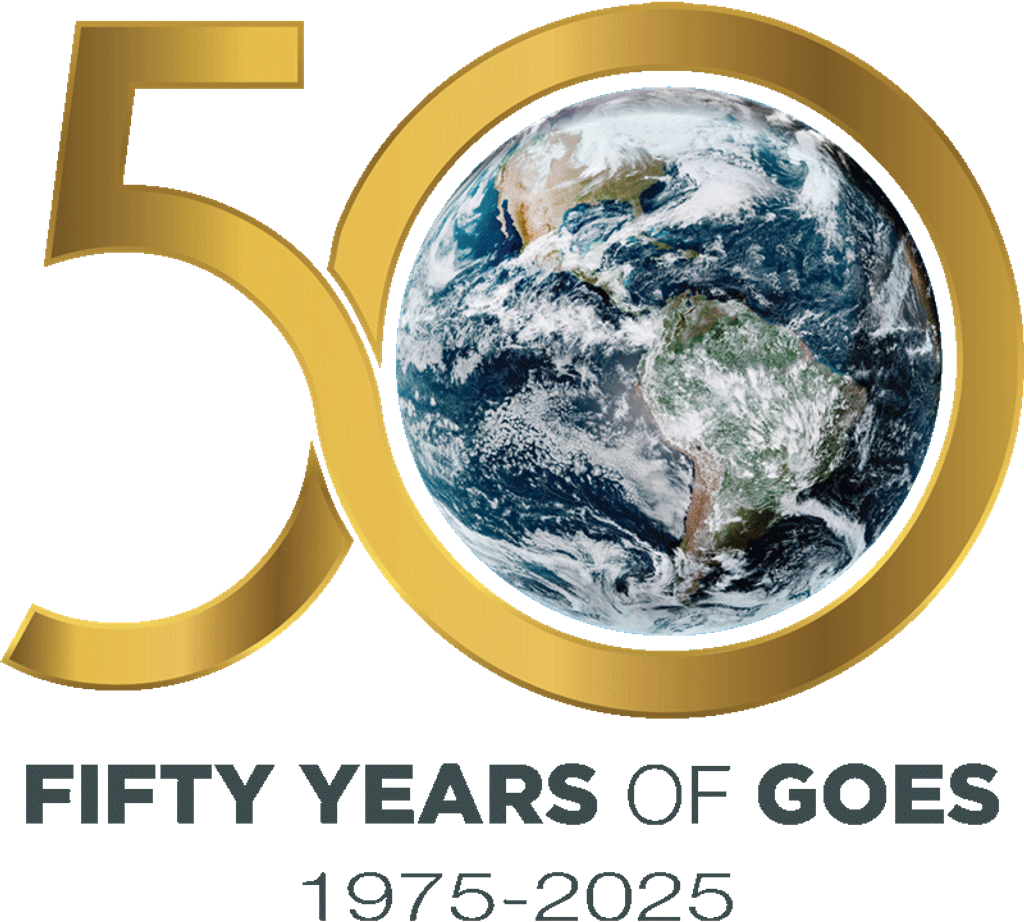NASA’s James Webb Space Telescope is the largest and most powerful telescope ever launched to space. Its mirror is composed of 18 individual segments that have been aligned so accurately, that they effectively work as a single giant (21.6-foot, or 6.5-meter) reflector. The process of adjusting each of these separately functioning hexagonal mirror segments requires …
Monitoring Webb’s Mirrors for Optimal Optics

Read Full Post


























